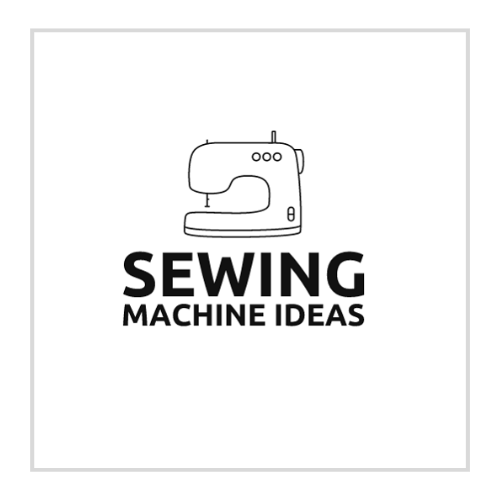Introduction
Sewing machines are incredibly useful tools for anyone who enjoys sewing, whether for hobby or profession. However, like any mechanical device, they can sometimes experience issues that may disrupt your sewing projects. Understanding and troubleshooting these common sewing machine problems can save you time and frustration. In this article, we will discuss some of the most frequent sewing machine problems and provide practical solutions. Sewing Machine Problem Solution
Thread Tension Issues
Problem: Uneven or loose stitches on the fabric’s top or bottom side.
Solution:
Check Thread Tension: Make sure the upper thread is properly threaded through the tension disks. Adjust the tension dial according to your sewing machine’s manual. Generally, a balanced tension results in the upper and lower threads interlocking in the middle of the fabric.
Clean the Machine: Accumulated lint or debris can affect thread tension. Regularly clean your sewing machine, especially in and around the bobbin case area.
Thread Quality: Ensure you’re using high-quality thread appropriate for your project. Cheap or old thread can lead to tension issues.
Skipped Stitches
Problem: Your sewing machine occasionally skips stitches, leaving gaps in your seams.
Solution:
Needle Check: A dull or bent needle can cause skipped stitches. Replace the needle with a new, appropriate size and type.
Proper Needle Insertion: Ensure the needle is correctly inserted with the flat side facing the back. It should be fully up in the needle clamp.
Thread Quality: Poor-quality or old thread can also lead to skipped stitches, so use a fresh, good-quality thread.
Tension Adjustment: Sometimes, tension adjustments can help with skipped stitches. Experiment with slight tension changes.
Thread Breakage
Problem: The thread frequently breaks while sewing.
Solution:
Needle Choice: Ensure you’re using the correct needle type and size for your fabric. Different fabrics require different needle sizes.
Thread Quality: Use high-quality thread, and check for any knots or tangles before threading your machine.
Thread Path Inspection: Ensure the thread is threaded correctly through all guides, tension discs, and the needle eye. Make sure there are no obstructions along the thread path.
Bobbin Winding: If the thread is breaking from the bobbin, check that it’s wound evenly and not too tightly.
Bobbin Problems
Problem: Issues with the bobbin, such as jams or uneven winding.
Solution:
Bobbin Compatibility: Ensure you are using the correct bobbin type specified in your sewing machine’s manual.
Proper Bobbin Insertion: Make sure the bobbin is inserted correctly with the thread wound in the correct direction.
Clean the Bobbin Area: Dust and lint can accumulate in the bobbin area, causing jams. Regularly clean this area.
Noisy Operation
Problem: Your sewing machine is making unusual noises.
Solution:
Lubrication: Follow your machine’s maintenance instructions for oiling and lubricating moving parts.
Cleanliness: Regularly clean the machine and remove any lint or debris that might be causing friction.
Loose Parts: Check for loose screws or parts and tighten them if necessary.
Conclusion
Sewing machine problems can be frustrating, but they are often easily solvable with some basic troubleshooting. Regular maintenance and proper use of your machine can go a long way in preventing these issues. Always consult your sewing machine’s manual for specific instructions and seek professional assistance if you’re unable to resolve the problem on your own. By understanding and addressing common sewing machine problems, you can enjoy smoother and more productive sewing sessions.

